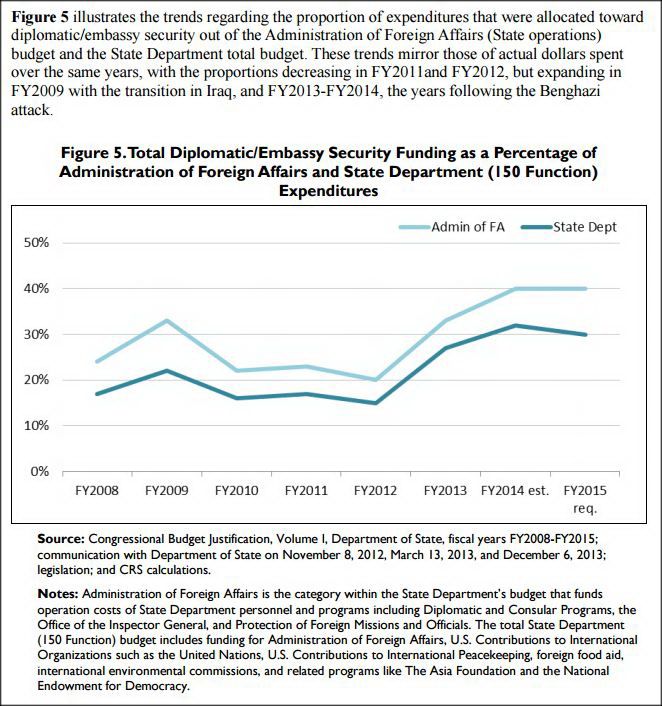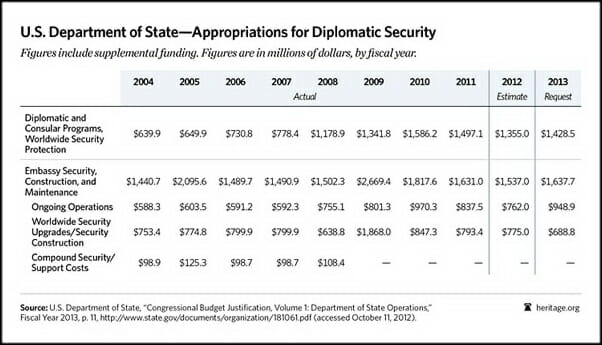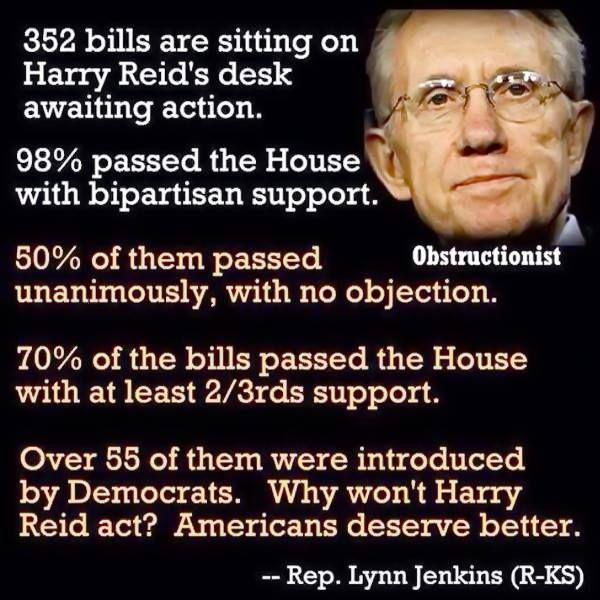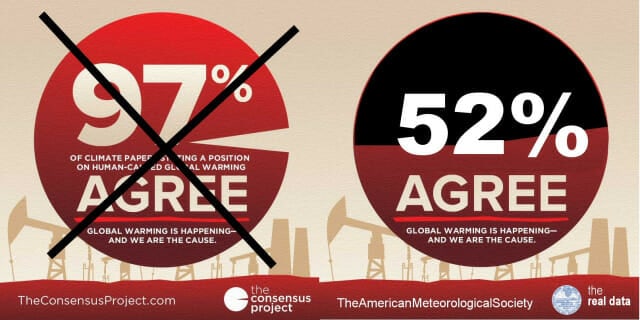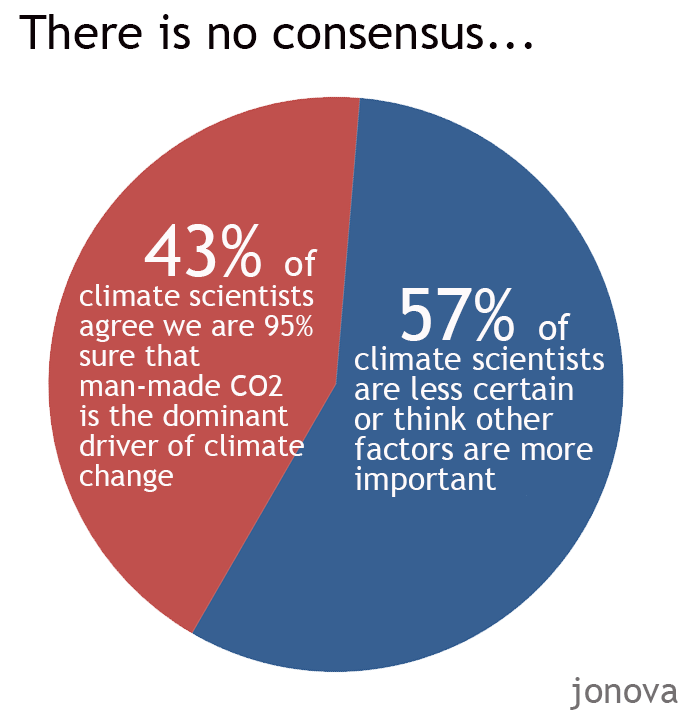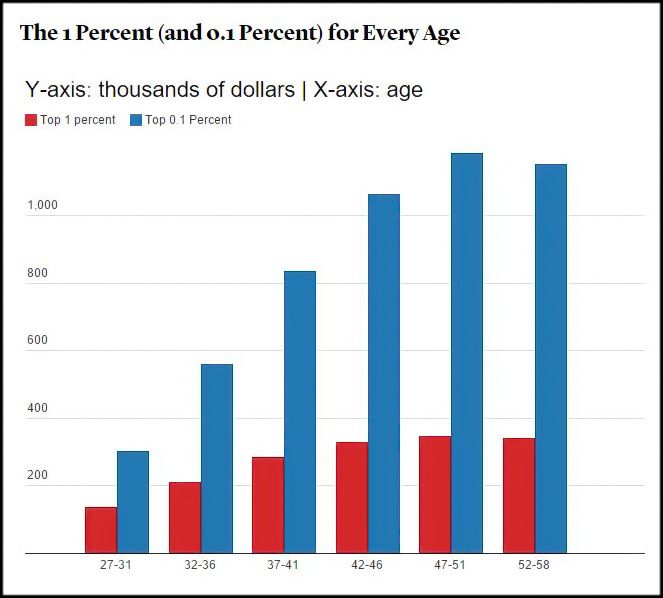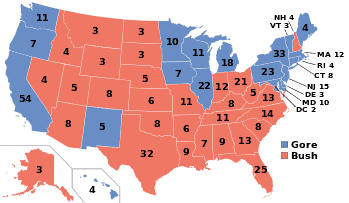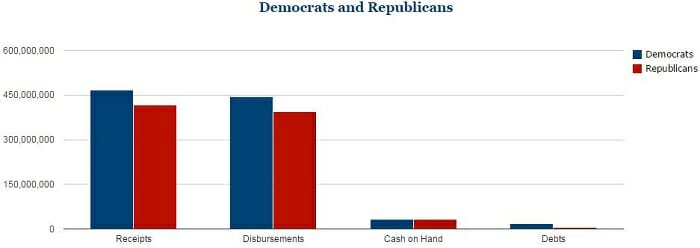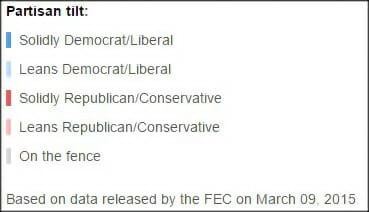Army desertion rate up 80%? More lying with statistics
Last week, it was CBS jiggling the numbers to bash the war in Iraq by stating Veterans had a suicide rate of 18, much higher than the civilian population’s rate of 11 (ignoring that it was only slightly higher than the suicide rate for men, which was 17, and a heck of a lot lower than the rate for doctors, which is 30/100 000 per year).
This week the headline is “Army Desertion rate up 80%”.
The problem? the number “80%” implies a huge increase. But in statistics, if you start with a small number, it doesn’t take a large number to get a huge increase.
So the actual numbers are an increase from 0.7 % to 0.9%. For those of you who are numerically challenged, both those numbers are less than one percent:
According to the Army, about nine in every 1,000 soldiers deserted in fiscal year 2007, which ended Sept. 30, compared to nearly seven per 1,000 a year earlier.
Many of the desertions are soldiers who don’t want to go back to a war, but many are about soldiers with family problems. Many wives and families are severely stressed by their husband or wife going overseas, and sometimes soldiers just disappear because their families need them more than the Army. Often they report in later, and get an administrative discharge. The article implies the majority are war protesters and says that Canada no longer welcomes them, but the article does not give hard data on this.
Many just don’t like the Army, and it has nothing to do with the war. This NYTimes article notes that the number who actually deserted the wars in Iraq or Afghanistan was 109 (out of the 1 million military who served in these areas since 2003). The real worry is that some of the deserters are not anti war as much as suffering from post traumatic stress syndrome and cannot face staying in the military. Others have family problems, such as spouses theatening child custody or divorce. The military is sensitive to these problems, and tries to work out helping the soldier rather than punishing him or her.
As a comparison, the article admits that during Viet Nam, the desertion rate was 5%, and many were for being against that war.
Finally, if you go down to the end of the article, you find the desertion rates for the Navy, Marines, and Air Force are either stable or have gone down.
Nope, can’t publish good news, folks, let’s just move along…
Yup….just ignore the headline.
The war in Iraq is going well, so we have to find bad news to report…..
But just wait a week. Christmas is coming and the MSM will start their annual deluge of articles explaining why Christ was just a myth and Christians are delusional.
The Military and Suicides, Part One: Spinning statistics
The US Army is very worried about suicide and injuries in returning veterans. Stress in soldiers, and in returning veterans, is nothing new:
During World War II, PTSD was an even more serious problem. In the European Theater, 25 percent of all casualties were serious PTSD cases, compared to about 20 percent today. In the Pacific Theater, the rate varied widely, depending on the campaign. In some of the most intense fighting, like Okinawa in 1945, PTSD accounted for over a third of all wounded. In Iraq, less than ten percent of the wounded are PTSD, but the more troops serve in a combat zone, in combat jobs, the more likely they are to develop PTSD. This has been known for over a century.
One of the results of this is, alas, suicide.
The annual suicide statistics of the military/VA have been released.
The good news? The suicide rate remains low.
The bad news? The press is spinning the numbers to fit into the “Evil Iraq war is killing soldiers” and “the Military doesn’t care about the soldiers” meme (to fit the ultimate meme: Evil Bush’s war and evil Republicans don’t care).
Well, never mind the politics. I’m a doctor. Suicide is a major public health problem in the US (and in many countries). But there are a lot of myths out there.
So let’s look at myth number one:
CNN article: Headline: Army Suicide rates could top nation’s this year.
The story is not half bad, but you have to dig into the actual statistics to find the details.
As of August, 62 Army soldiers have committed suicide, and 31 cases of possible suicide remain under investigation, according to Army statistics. Last year, the Army recorded 115 suicides among its ranks, which was also higher than the previous year.
Well, one would expect a higher rate of returning veterans, who suffer from Post Traumatic Stress syndrome.
Problem: By not placing it into the context of total number of those who served in the Army, we cannot do a comparison.
But the third paragraph is the real problem:
Army officials said that if the trend continues this year, it will pass the nation’s suicide rate of 19.5 people per 100,000, a 2005 figure considered the most recent by the government.
That, my friends, is spin.
You see, suicide rates vary by age and by sex.
Although women have a higher rate of attempted suicide, men die of suicide at a much higher rate than the general population.
The rate of suicide of the general population is 19.5

The rate of suicide in men from the ages of 20 to 35 in 1980 was 24.
The rate of suicide in women from the ages of 20 to 35 was 5.
By comparing a population that is 90 percent men to the general population, you are comparing apples and oranges.
Certain groups: older men, alcoholics, minorities, and those with mental health problems, have a higher rate also.
So CNN assures us:
According to the VA, about 46 of 100,000 males between the ages of 18 and 29 utilizing VA services committed suicide in 2006, compared with about 27 the year before.
A very high rate. Except this is not the general population: this is the rate of those using the VA services, including those with mental health problems. By eliminating the healthy from the statistics, it makes the rate look higher than if the numbers included the entire population of military personnel.
The rest of the article goes on to say the VA is going to improve care for those with PTSS and depression.
So it’s not like nothing is being done: they are just trying to improve the care of the veterans.
For example, unmentioned in the article is that a pre 2001 program in the AirForce was credited with lowering it’s suicide rate from 16.4 yo 9.4 per 100 000 in two years.
Ironically, the article citing the Air Force is not about military suicides, but about suicides in physicians.
Eva Schernhammer and Graham Colditz examined the results of 25 studies of physician suicides and concluded that male doctors killed themselves at a rate 41 percent higher than that of other men and women. The more startling finding was that female doctors take their lives at a rate more than twice (2.27 times) that of the general public.






